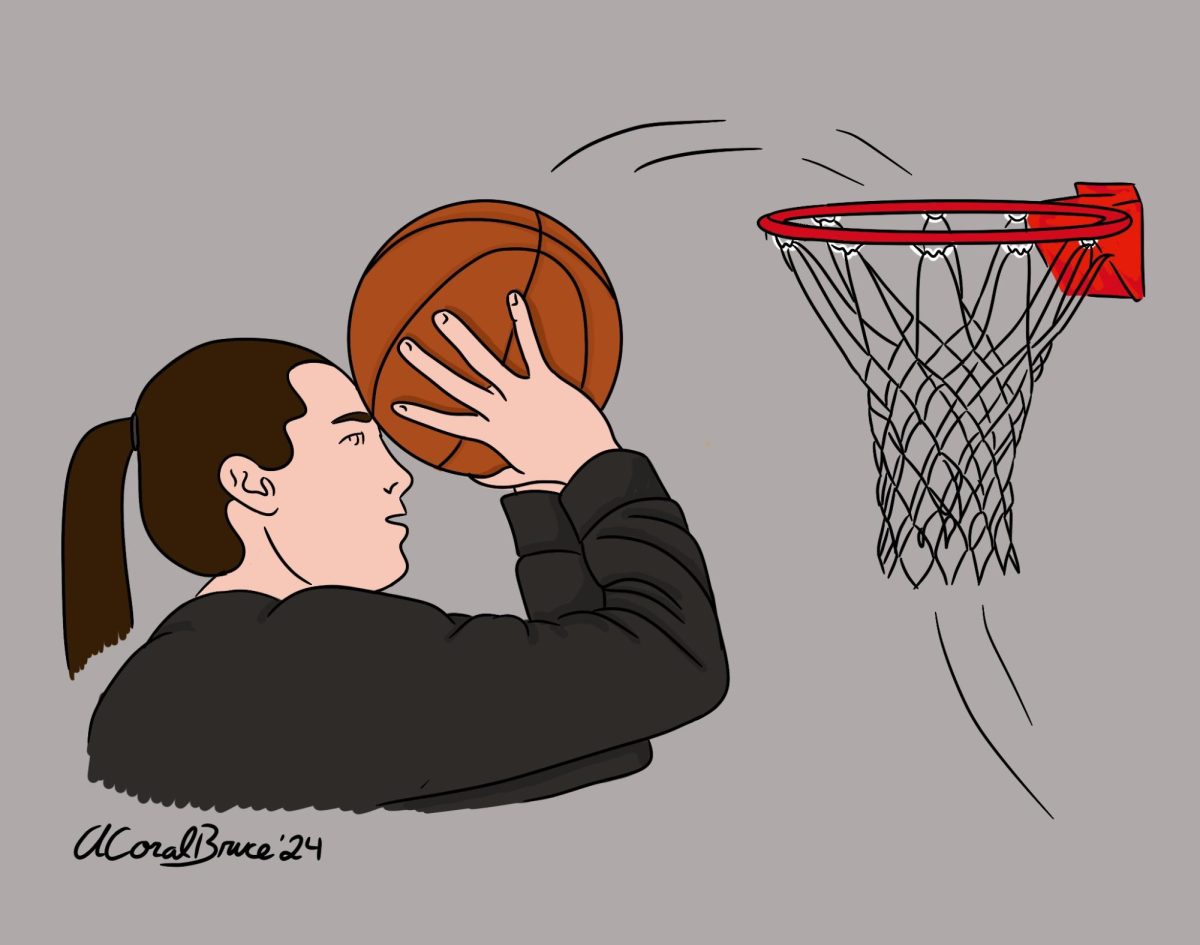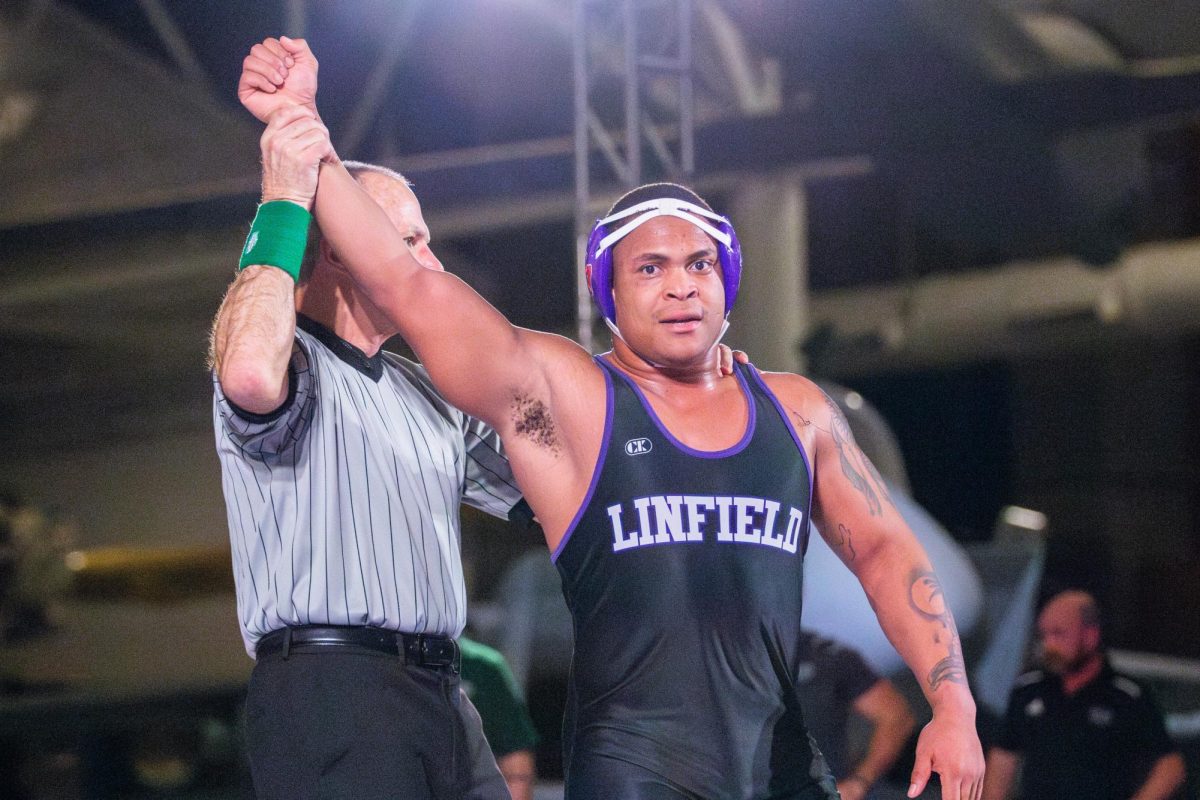SPORTS COMMENTARY
Matt Jonathan
Arts/Ent/Ops editor
One of the biggest controversies in sports is the amount of money professional athletes make. It’s not just in the United States; Europe is starting to feel the strain of inflated salaries and the amount of money a quality player demands.
While we concentrate on salary caps and the yearly salaries of athletes in team sports, those sneaky individual athletes are floating past the radar. Maria Sharapova, Tiger Woods and Oscar De La Hoya make millions of dollars in endorsements on top of tournament winnings.
While these athletes swim in money, what does this do for sports?
We’d like to think all professional athletes play their sport for the intrinsic value of honoring the sport and for love of the game. But how can this be when players command salaries upward of several million dollars?
Yes, these pros need to eat, but many households live perfectly satisfied lives without making a million a year. So why can’t these players, who “love to play the game” take a salary cut? It might help cut down on ticket prices so more fans can get in.
Now, it goes without question that team-sport athletes have it a bit easier in the realm of earnings because they have guaranteed contracts that cover many years. Athletes in the pool, on the golf course or on the tennis court have to perform in order to earn their money.
If a team player has an off week, he or she still gets paid. Yankees pitcher Roger
Clemens has time to regain his form and start pitching well again before it’s time to renew that bloated contract. If tennis star Roger Federer doesn’t play well, that tournament is gone and done, and that prize money is in someone else’s pocket.
Here come the coveted endorsements.
Endorsements, it can be argued, are more important to individual athletes than to team-sport participants. Woods is out for the rest of the golf season, but he’ll be sleeping just fine on top of his $100 million in endorsements, which include Gillette and Nike. As far as endorsements go, he makes $80 million more than the next highest endorsed American athlete, NASCAR’s Dale Earnhardt Jr., according to Sports Illustrated. Maria Sharapova hasn’t won a Grand Slam in a while, but she’s still doing alright for herself.
Outside of salaries and endorsements, there are trades and commissions to be made. The most ridiculous transfer fees in the world are associated with soccer.
David Beckham’s move from Manchester United to Real Madrid in 2003 cost 35 million Euros ($47.41 million). Robinho just transferred from Real Madrid to Manchester City, now the richest football club in the world, ahead of Chelsea and Real Madrid, for 32.5 million pounds ($56.54 million), an English Premier League record.
During the summer, there was a saga regarding Cristiano Ronaldo with Real Madrid rumored to have made a bid of 100 million Euros ($135.61 million) for his transfer from Manchester United. Outside of the United States, it is a given that soccer players command the highest wages and the highest marketability among professional athletes.
The fact is most athletes are now being used for more than their athletic skill. In the first year alone, Major League Soccer’s attendance skyrocketed because of the Beckham effect. Beckham isn’t the greatest player in the world, but his marketability is second to none. The same can be said about Ronaldo. Real Madrid wasn’t just looking to buy a magisterial player, they were looking to boost shirt sales. Federer, Brett Favre and Lebron James are no different.
Professional sports have become about more than competition. Money has always been an issue, but with the increasing marketability of players, it seems athletics has taken a backseat to what the player can make for the franchise.
Now, I’m not saying it’s this way with all athletes, but it is certainly starting to look that way.
Sports need to get back to the grassroots of competition and make what happens on the field most important.
Until then, ignore the stats.







Perry de Havilland • Oct 19, 2008 at 4:51 am
“Yes, these pros need to eat, but many households live perfectly satisfied lives without making a million a year. So why can’t these players, who “love to play the game” take a salary cut? It might help cut down on ticket prices so more fans can get in.”
It is really very simple. Most households do not contain anyone who does anything that is in demand the way, say, watching Maria Sharapova play tennis is in demand and demand means willingness to pay. Some watch for her tennis, some for her great legs, but the fact is she way more in demand than what you or I do for a living and that is just a fact.
And moreover, why should Maria Sharapova, Cristiano Ronaldo, David Beckham or anyone else for that matter, care what some other ‘household’ can live on? Athletes have relatively short working lives and very very few have the skill and genetic luck to reach the upper echelons where the big bux are found.
In the end being an A-list athlete is a job, much like being a hedge fund manager (an A-list financial job) or an A-list actor is a job, and I say good luck to those who have the dedication and luck to make it to the big time.
As for ‘more fans getting in’ if prices were lower… do A-list athletes play to less than full audiences now? Lowering the prices just makes it less likely bigger venues will ever get built by removing the economic motivation to pack more people in. There is little point in lowering prices if you are full as you cannot get more full than, well, full.